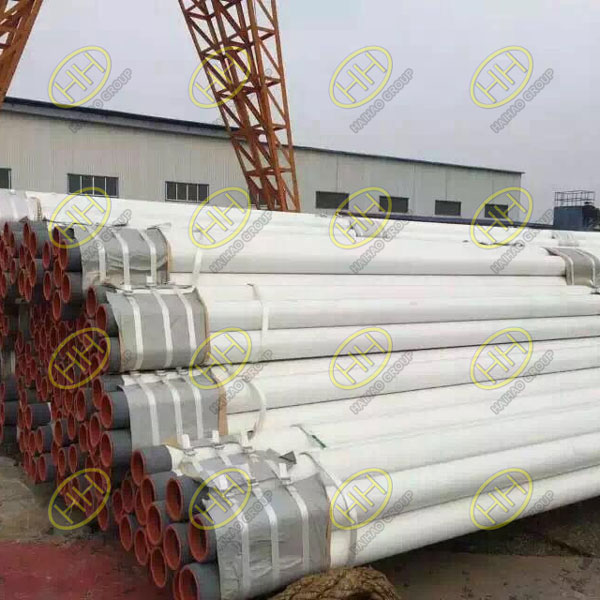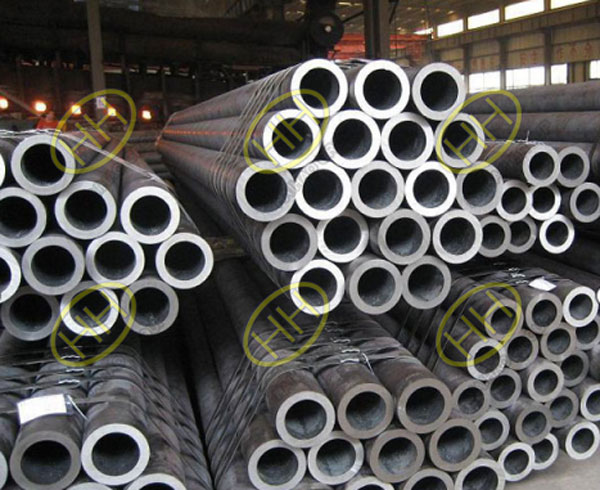Advancing nuclear power safety: The role of stainless steel seamless pipes
As China’s economy surges forward, so does the rapid development of power generation technologies and equipment, with the nuclear power industry experiencing significant growth. Currently, both under construction and in planning, nuclear power plants in China predominantly rely on pressurized water reactor technology, renowned for its maturity in technology and exceptional safety standards. Among the critical components driving the construction of nuclear power plants is the stainless steel seamless pipe, whose performance and quality play a pivotal role in ensuring nuclear safety.
Stainless steel seamless pipes in nuclear power plants: Critical Applications
Stainless steel seamless pipes find application in key components such as the main coolant pipes, coolant-related primary loop pipes, heat transfer pipes in steam generators, and steam drainage pipelines. These pipes are primarily classified into four major categories: carbon steel, chromium-molybdenum steel, stainless steel, and nickel-based alloys.
Carbon Steel:
Definition: Carbon steel is an iron-carbon alloy with a carbon content ranging from 0.0218% to 2.11%. It also contains small amounts of silicon, manganese, sulfur, and phosphorus.
Application: Carbon steel is classified into structural steel, tool steel, and free-cutting structural steel based on its use.
Carbon Manganese Steel:
Characteristics: High manganese content characterizes carbon manganese steel, making it a subset of high-quality carbon structural steel.
Application: Used in the manufacturing of non-alloy steel crucial for important mechanical components, typically requiring post-heat treatment for use.
Low Alloy Steel:
Definition: Low alloy steel refers to alloy steel with a total alloy element content of less than 5%.
Application: Widely used in engineering machinery, ships, bridges, high-rise buildings, boilers, pressure vessels, power, and various vehicle manufacturing.
Chromium-Molybdenum Steel:
Composition: Chromium-molybdenum steel is an alloy of chromium (Cr), molybdenum (Mo), iron (Fe), and carbon (C).
Application: Known for its excellent hardenability, it is often used in manufacturing high-temperature and high-pressure valves and pressure vessels.
Nickel-Based Alloys:
Definition: Nickel-based alloys exhibit high strength and certain resistance to oxidation and corrosion at temperatures ranging from 650 to 1000℃.
Subtypes: Nickel-based heat-resistant alloys, nickel-based corrosion-resistant alloys, nickel-based wear-resistant alloys, nickel-based precision alloys, and nickel-based shape memory alloys.
Challenges and stringent requirements in nuclear power station applications: Stainless steel seamless pipes used in nuclear power stations operate in demanding conditions—high temperature, high pressure, intense radiation, corrosion, and humidity. Moreover, these pipes are expected to have a working lifespan of 30 to 60 years. As a result, the quality requirements for stainless steel seamless pipes in nuclear power stations are exceptionally high. The final product must exhibit a flawless surface, free from any defects such as burrs, pits, scratches, or folds.
In the field of pipeline systems, Haihao Group is at the forefront. We have experience in supplying many nuclear power plant projects. Whether it is stainless steel pipes or flanges, elbows, tees and other pipe fittings in the pipeline system, Haihao Group has all products that meet the standards. products are provided to you, feel free to contact us for piping system solutions.


